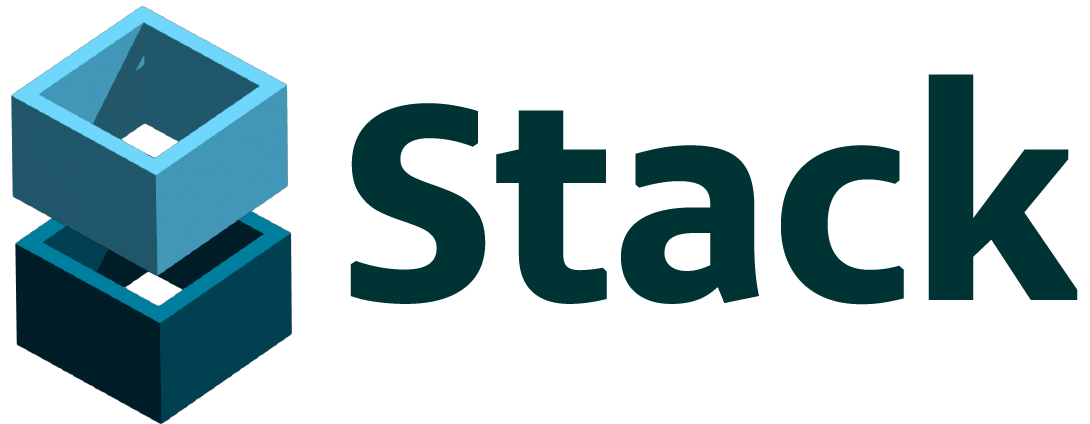Our view at Stack - Simplify web development with Webflow, reduce costs, and deliver professional results. No-code, responsive, and SEO-friendly. Explore your creative potential!

Bringing together a project team with people from multiple departments has its challenges. But promoting collaboration across your business is well worth the effort.
Project managers know the value of combining multi-disciplinary groups into one cohesive unit. By aligning everyone with the same goals and timelines, collaboration, communication, and transparency improves exponentially.
The process of bringing together multi-disciplinary teams is called project integration management. The integration process works best when run by a competent leader, who has a clearly defined plan and the skills to execute it. When handled well, this approach to unifying teams can lead to successful outcomes for your projects, campaigns, and business overall.
What’s project integration management?
Project integration management involves knitting together different teams as they work on separate-but-related tasks for a given initiative. Software projects, for instance, often involve integrating developers, designers, and managers. Each group’s methodologies must factor into an integrated project management plan that everyone shares.
Weaving various processes into one overarching system takes some give and take from the whole team, and a precise infrastructure run by expert project managers.
The benefits of project integration management
When everyone uses the same management processes and methodology, the benefits are plentiful: seamless communication, better alignment, and simplified collaboration. But the benefits go even further.
Here are some positive effects of properly integrated project management:
- Transparency: When all teams follow the same reporting structure and commit to shared timelines, processes are more transparent, leading to better communication and increased accountability.
- Efficiency: Aligning the team’s shared operating procedures (SOP) and task management strategies ensures all groups work in a similar cadence, which significantly improves cohesion and collaboration.
- Clarity: Integrating groups involves gathering everyone at regular meetings where team members get more face-to-face opportunities to interact. These meetings provide a forum for everyone to talk and ask questions that lead to a better understanding of each other’s roles and tasks.
Start project integration management in 7 steps
Successful integration requires a coherent, comprehensive plan that accounts for all the variables and prepares workers to face nearly every challenge. When numerous people collaborate in a close-knit team, having a clearly defined process for navigating issues is key. So, make sure your interdisciplinary group has an insightful, creative project manager, who knows how to detect cross-team friction and miscommunications before issues disrupt the workflow.
If you’re managing a cross-functional team integration, follow these seven steps, which outline an effective approach, along with an example to illustrate every step along the way.
1. Create a project brief
A project brief outlines the expected project scope, goals, and requirements. Typically, the lead manager writes this document, and it’s as much for other stakeholders as it is for the team. The document serves as a pitch for getting buy-in from executives or stakeholders who must sign off on budget, timeline, and resource allocation.
For example, if you’re integrating design, marketing, and development teams, the project brief should outline key details like the reporting structure, responsibilities, and resource requirements for the newly minted team.
2. Design an integrated project implementation plan
After the brief is approved, it’s time to flesh it out into a fully realized implementation plan. This plan outlines all necessary tasks and sets the team’s budget, workload, and timeline expectations.
Ideally, you won’t need to adjust this plan during project execution. But if you do need to adapt your procedures or scope, promptly request necessary approval. This ensures that involved parties aren’t surprised by changes, like when the timeline or budget have shifted.
For our example team, the project implementation plan would establish workflows for how the designers hand off designs to developers and how developers, in turn, hand their prototypes to marketing. It also establishes deadlines for each step in the process to keep everyone on track, along with contingency plans for when something goes wrong.
3. Track progress
Once you have a project plan, it’s time to execute it. Create tasks and assign them to relevant team members based on your management outline. Closely follow the plan and track progress toward goals. If you detect problems, such as unattainable timelines or misunderstandings between team members, address them immediately to keep everything on track.
For example, if the developers decide a vital feature isn’t doable in the time allotted, as the manager you might decide to remove that feature from the launch plan. The next time the team meets, you could direct designers to change their designs and marketers to scrub any mention of the feature from their advertising.
4. Facilitate knowledge sharing
Your management plan should establish regular meetings for all groups and members to confer. It’s your job to oversee these sessions and ensure everyone shares necessary knowledge. For efficient collaboration, you’ll want all parties aware of each other’s progress, challenges, and expectations.
If our example team used agile methodology, every sprint would end with a sprint meeting in which the team assesses their progress. Everyone is invited to speak candidly about the successes and failures they encountered so the whole team can benefit from their experience. In this way, the designers can learn what challenges the developers are up against and vice versa.
5. Monitor work
Between the larger team meetings, set up 1:1 sessions with each team member for more personal check-ins. Foster an inviting, encouraging environment where your team feels comfortable sharing concerns, successes, and expectations. This is all vital information that helps you manage projects, predict outcomes, and support direct managers as they guide team members toward success.
6. Navigate change
Throughout a project, team members may request changes to the plan. You’ll determine whether those requests are necessary or not. This is where creativity is paramount to the management process. Find clever ways to adapt to keep the project schedule on track.
For example, if a designer mentions they don’t have enough bandwidth to finish a task, the manager can explore ways to solve that problem without throwing off timelines. They could pare down that individual’s requirements or reallocate someone else’s efforts for extra support.
7. Wrap it up
When the project is complete, review your management plan to verify you’ve met all expectations. Some groups conduct post-mortem meetings to review the project charter and explore learnings for future initiatives.
Lastly, take your completed project management plan to relevant stakeholders and report on your team’s success. Discuss the challenges and lessons learned to reflect on the team’s efforts and growth. Also, acknowledge individuals who performed their roles admirably so that hard-working team members gain some visibility with upper management.
When our example team finishes their first project, the manager would report their results to upper management, highlighting how the newly-integrated team collaborated and spotlight the efforts of the designers, developers, and marketers involved.
Popular project integration management tools
The project integration management process involves many moving parts that must work together smoothly. Collaboration and project management tools can help your teams integrate. Here are some industry-standard tools to consider.
Gantt charts
A Gantt chart is a work breakdown structure tool that visualizes how different tasks in a project plan interconnect. It uses color coding, customizable shapes, and categorization to indicate task dependencies and prerequisites, like feature support or necessary infrastructure.
Kanban boards
A Kanban board is another work breakdown structure tool that depicts the overall workload involved in a project plan. It tracks which tasks are complete, underway, or pending. Most management software, like Zoho and Monday.com, feature Kanban boards or support integrations with tools that do.
Project dashboards
A dashboard, such as those in project management software like ClickUp and Jira, is a shared location where the project manager can perform many functions quickly, such as reassigning tasks, updating meetings, and reviewing progress. It’s a central hub for overseeing the entire project.
Streamline the integration process with Webflow
When aligning multi-disciplinary teams to achieve goals is a top priority, integrated project management can be a valuable approach. The platform you use should reflect and enable this rich collaboration.
For web design teams, Webflow is a powerful visual-first web development platform designed for growth. The Designer supports real-time coordination and popular integrations, so team members can communicate and work together seamlessly — across the room or across the globe.
If Webflow is of interest and you'd like more information, please do make contact or take a look in more detail here.
Credit: Original article published here.
